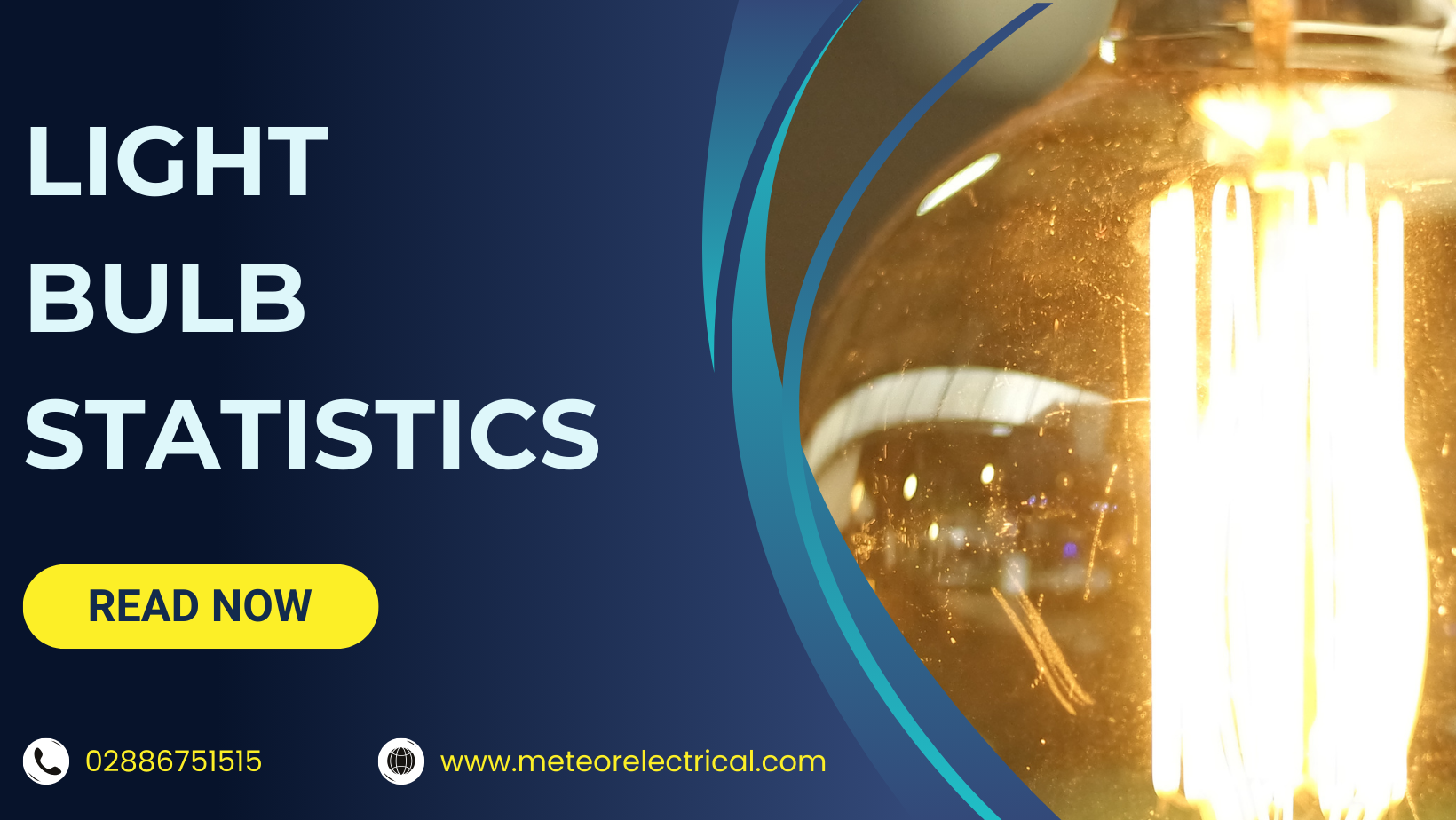Bright Future Ahead: Unveiling Fascinating Light Bulb Statistics

Lighting plays a crucial role in enhancing the ambience and functionality of any space, be it your home, an office, or a warehouse. Traditional light bulbs have long been a staple, but they fall short in terms of energy efficiency. Enter the era of LED light bulbs – the most efficient luminaires available today, revolutionising the lighting industry and capturing the attention of consumers worldwide. Market experts predict a significant surge in demand for LEDs, heralding an era of advanced lighting technology.
Let’s dive into the illuminating world of light bulbs and uncover some intriguing statistics that highlight the future of the lighting industry.
The Future of the Light Bulb Industry
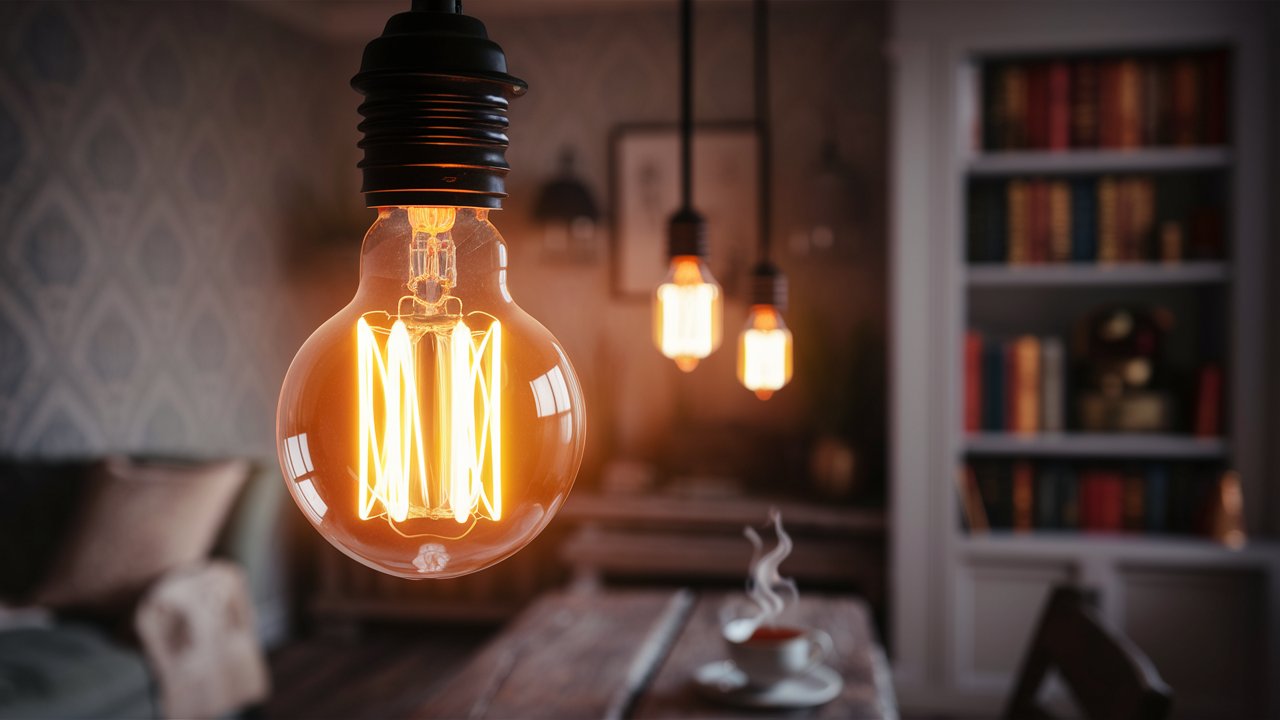
As technology evolves, the lighting industry is on the brink of unprecedented innovation. Governments worldwide are aggressively phasing out inefficient lighting in favour of energy-efficient alternatives, setting the stage for a bright future. Here's a glimpse into the future of the light bulb industry:
- Global Market Growth: The global lighting market is projected to reach $100 billion by 2024, showing resilience and growth despite past disruptions in supply chains and economic challenges (The Business Research Company).
- Innovation Surge: The rate of innovation in the lighting market is expected to skyrocket, with a 75% increase anticipated by 2025. This surge will provide consumers access to high-quality, technologically advanced light bulbs, driving a significant shift towards smart lighting solutions and Internet of Things (IoT) integration (Forbes, 2024).
- Phasing Out Inefficiencies: Countries like the United States and the United Kingdom are leading the charge in banning inefficient incandescent and fluorescent lighting. By September 2023, the UK had already enforced a complete ban on the production and sale of T8 fluorescent lamps, a move echoed by many other nations. The United States followed suit, proposing a comprehensive ban on incandescent bulbs by 2024 to promote the use of energy-saving LEDs (BBC News, 2023).
- Environmental Impact: The shift to LED lighting is not just a trend but a significant step towards sustainability. According to the International Energy Agency (IEA), global adoption of LED lighting could save up to $18 billion in electricity costs and reduce carbon dioxide emissions by 180 million metric tons annually by 2025 (IEA, 2024).
This phase-out and the anticipated market growth underscore the critical role of energy-efficient lighting solutions in mitigating environmental impact and reducing energy consumption. With a focus on sustainability and technological advancements, the lighting industry is poised for a transformative future, making LED light bulbs a central element in global lighting strategies.
Worldwide Lighting Market Expansion
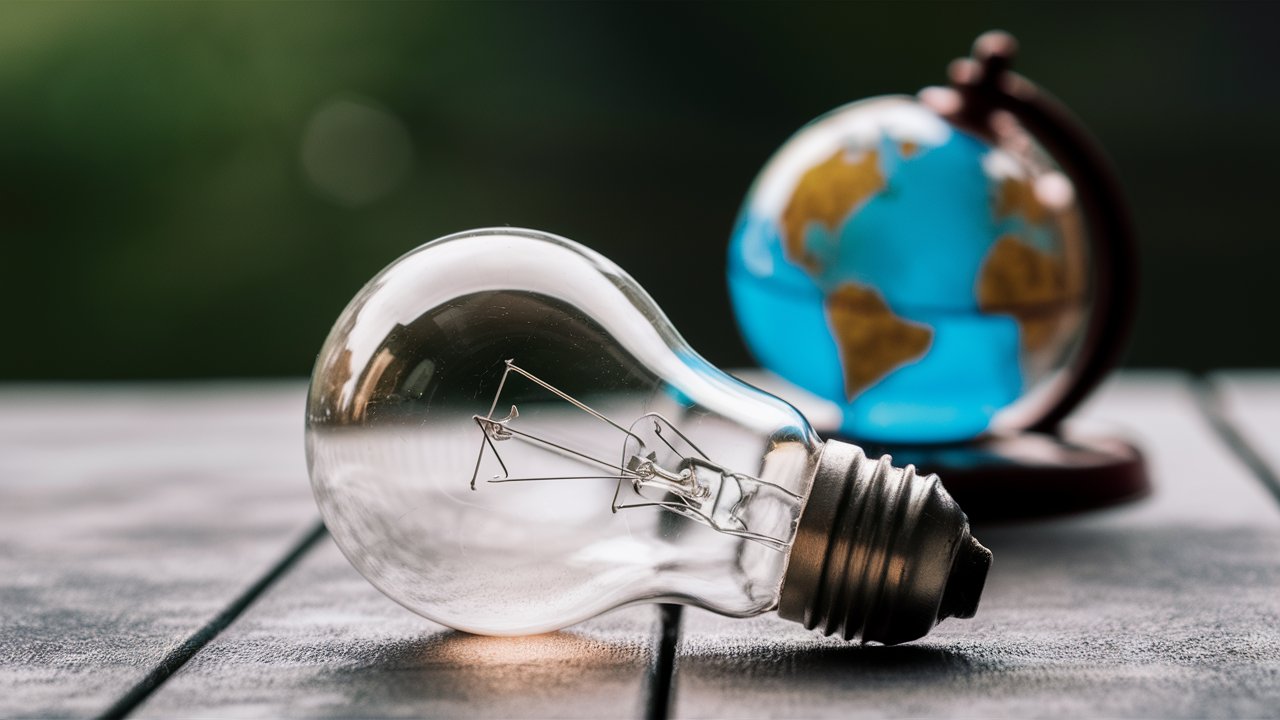
Lighting is an essential aspect of any building, driving high global demand. The market for lighting solutions is experiencing significant growth, driven by advancements in technology and an increasing focus on energy efficiency. Here are some key statistics showcasing the growth of the lighting market:
- Revenue Generation: In 2023, the lamps and lighting markets generated approximately $80 billion in revenue worldwide, and this figure is projected to grow at an annual rate of 6% until 2027 (Statista, 2024). This growth underscores the robust demand for both residential and commercial lighting solutions.
- Regional Markets: The Asia Pacific region remains the fastest-growing market for LED lights, driven by rapid urbanisation and government initiatives promoting energy-efficient lighting. North America holds the largest market share, thanks to the widespread adoption of smart lighting solutions. Smaller regions, like Ireland, also play a crucial role in the overall consumption of LED lights, contributing significantly to the global market (Mordor Intelligence, 2024).
- Environmental Impact: The global shift to LED lighting is expected to save approximately $18 billion in electricity costs and reduce carbon dioxide emissions by 200 million metric tons annually by 2025. This aligns with global sustainability goals and emphasises the environmental benefits of adopting energy-efficient lighting solutions (International Energy Agency, 2024).
Growth of Lighting in the UK
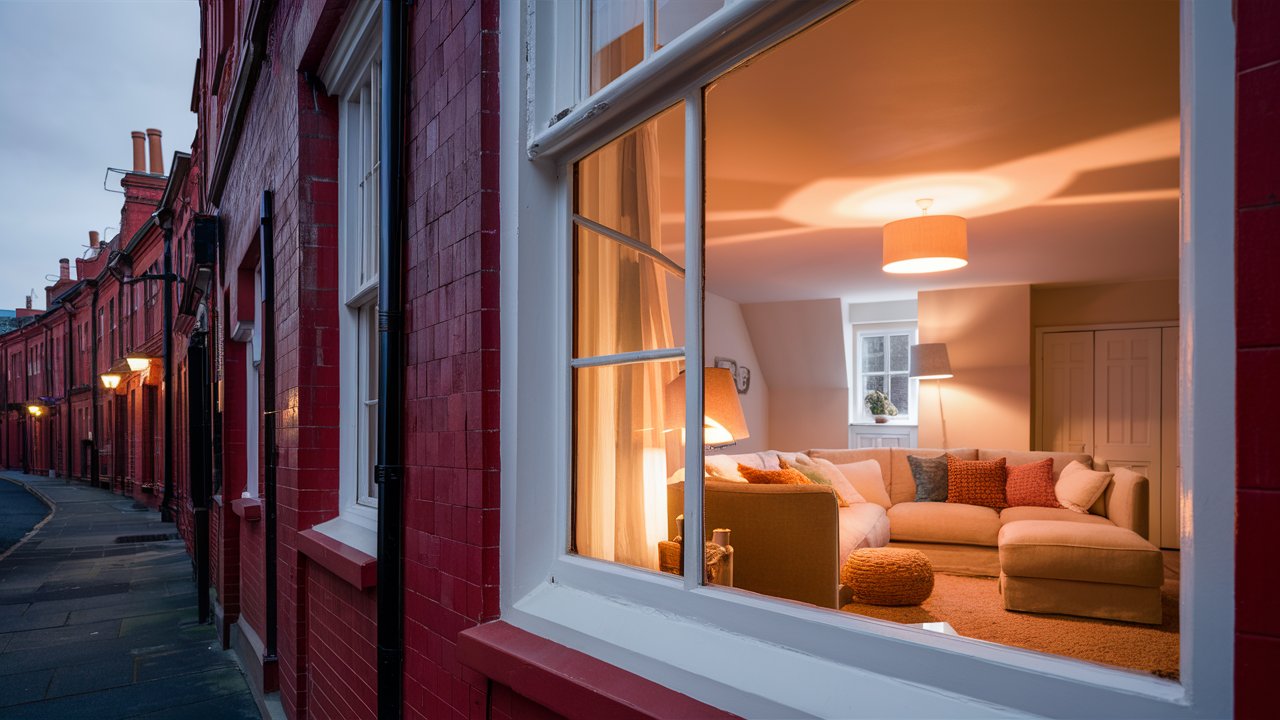
The UK is making significant strides in adopting LED lighting, reflecting a broader commitment to energy efficiency and sustainability.
- Household Usage: As of 2024, approximately 20% of UK households use LED light bulbs, a significant increase from previous years. This accounts for over 5.5 million households, highlighting the growing acceptance and adoption of energy-efficient lighting (Mordor Intelligence, 2024).
- Market Setbacks: Despite recent setbacks, such as a temporary drop in the value of the electric lighting market, experts predict a steady increase in LED light adoption due to rising consumer awareness and robust government initiatives. The UK government's ongoing efforts to phase out incandescent and fluorescent lighting are expected to drive further growth in the LED market (Statista, 2024).
- Economic and Environmental Benefits: The increased use of LED lighting in the UK is projected to save consumers over £400 million annually in energy costs and reduce carbon emissions by 1.5 million metric tons by 2025. These benefits underscore the economic and environmental advantages of transitioning to LED lighting (BBC News, 2024).
Phasing Out Traditional Light Bulbs
The global push for energy efficiency is driving the phase-out of traditional lighting technologies:
- US Ban: In 2023, the U.S. Department of Energy reinforced its ban on inefficient incandescent light bulbs, promoting the production and use of energy-efficient alternatives such as LEDs (Energy.gov, 2023).
- UK Initiatives: The UK continued its progressive approach by completely banning halogen light bulbs in 2023, a move expected to cut carbon dioxide emissions by 1.5 million tonnes annually (Gov. UK, 2024).
Learn more about the traditional light ban here!
Evolution of Light Bulbs
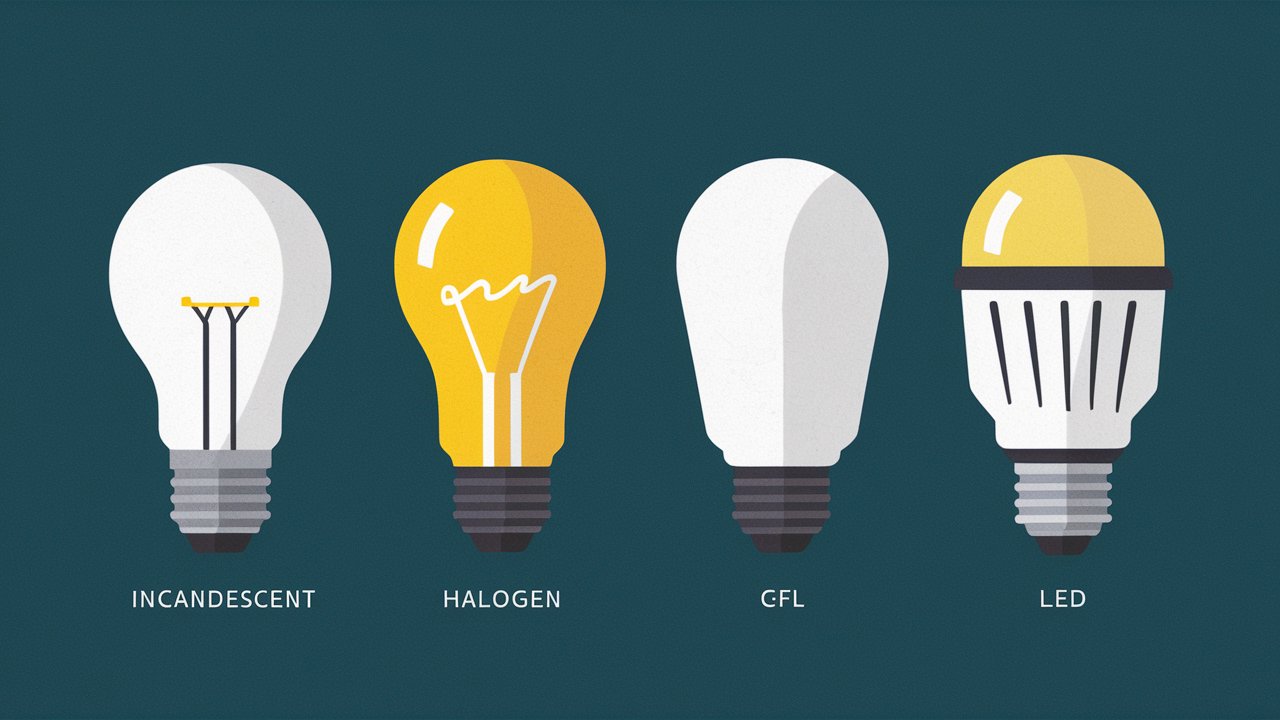
Light bulbs have evolved significantly, transitioning from inefficient incandescent bulbs to advanced LED technology:
- Incandescent Bulbs: Invented over a century ago, incandescent bulbs convert only 5-10% of electricity into light, with the rest wasted as heat (MrSec, 2020). Their inefficiency and short lifespan have led to their decline.
- Halogen Bulbs: Although slightly more efficient than incandescent bulbs, halogen bulbs still fall short in terms of energy savings and longevity compared to LEDs (Energy.gov, 2023).
- Compact Fluorescent Lamps (CFLs): CFLs were the first widely accepted energy-efficient bulbs, offering longer lifespans and better efficiency than incandescent bulbs. However, they still lag behind LEDs in performance (Energy Star, 2023).
- LED Light Bulbs: LEDs are the pinnacle of energy-efficient lighting. They offer numerous benefits, including up to 25,000 hours of lifespan, minimal heat emissions, and significant cost savings on energy bills (TheLightBulbCo, 2024). LEDs also provide better light quality and are available in various colour temperatures, making them suitable for diverse applications.
LED Light Bulbs
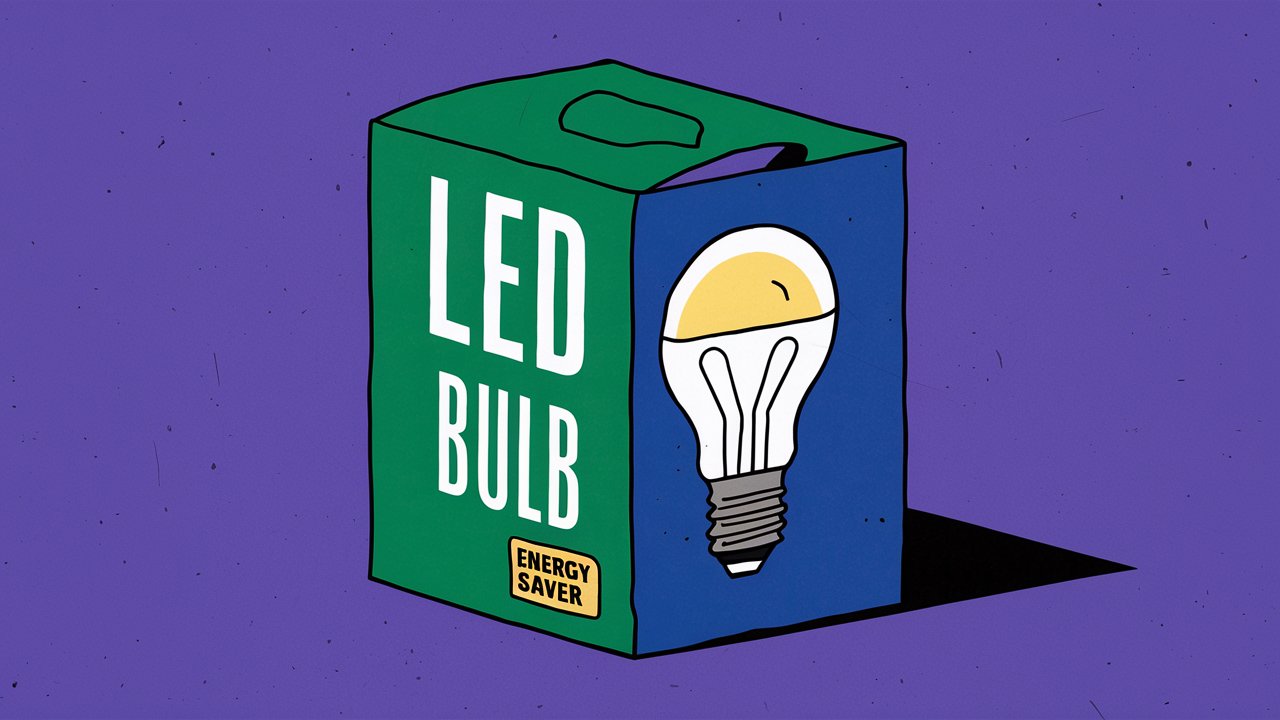
LED light bulbs, or Light Emitting Diodes, have revolutionised the lighting industry, replacing CFLs and offering superior energy efficiency and brightness. Here are some key benefits and statistics highlighting the advantages of LED light fixtures:
- Longevity: A 700-lumen LED bulb can last over 25,000 hours, compared to just 1,000-2,000 hours for an incandescent bulb. This significantly reduces maintenance and replacement costs (TheLightBulbCo, 2022).
- Energy Efficiency: LEDs convert up to 70% of their energy into light, making them highly efficient. Traditional bulbs, in contrast, waste about 90% of their energy as heat (Stouch Lighting, 2022).
- Environmental Benefits: LEDs produce minimal UV emissions and are more environmentally friendly. Their adoption can significantly reduce carbon dioxide emissions globally (Sciencing, 2018).
- Brightness and Quality: LED bulbs provide superior brightness and focus compared to incandescent bulbs, reducing the need for multiple light sources (Consumer Alliance, 2010).
- Cost Savings: Switching to LED light bulbs can save the average UK household approximately £400 annually on energy bills (Chronicle Live, 2020). Over a bulb's lifetime, replacing a 50-watt halogen with an LED equivalent can cut energy costs by £75 (Energy Saving Trust, 2020).
- Performance Compared to CFLs: While CFLs were a step towards energy efficiency, LEDs outperform them. A 900-lumen CFL consumes 15 watts, whereas an equivalent LED uses only 13 watts (TheLightBulbCo, 2019).
- Durability: LED bulbs have higher shock resistance and do not burn out like incandescent bulbs. Instead, they experience lumen depreciation, gradually dimming over time but still providing light (TheLightBulbCo, 2019).
- Lifespan: LEDs can last more than 10 years with daily use, far exceeding the two-year lifespan of halogen bulbs (Energy Saving Trust, 2020).
- Innovation: LED technology continues to advance, with lumen output efficiency expected to reach 142 lm/W by 2030, surpassing all other light bulb types (IEA, 2022).
- Dimming Capabilities: Many LEDs come with dimmer functions, offering a range of brightness levels without consuming extra energy at higher settings (Stouch Lighting, 2009).
Regional Growth of LED Light Bulbs
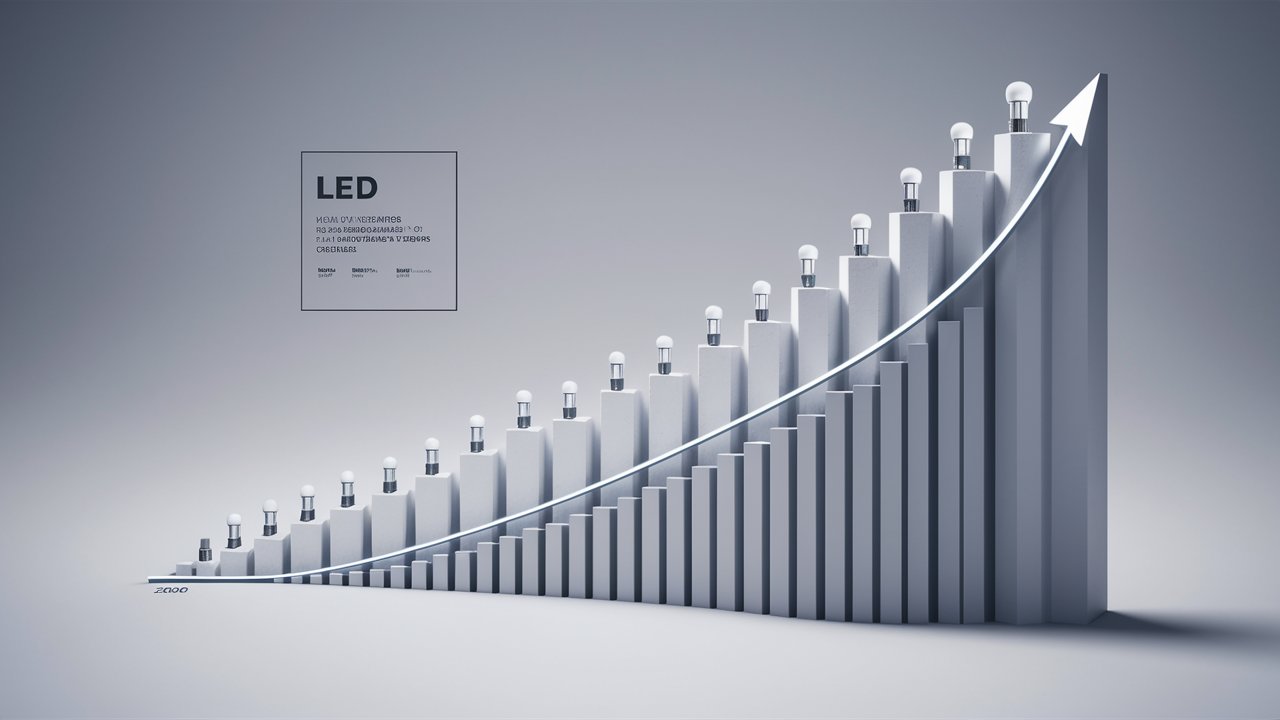
The adoption of LED lighting varies across the UK and Ireland, driven by regional demand and legislative initiatives:
- London's Market: London holds the largest market share for lighting at 20%, with other regions in England sharing equally at 10% each (TechSci Research, 2020).
- Market Growth: The UK LED lighting retail industry is forecasted to grow at 1.6% annually, reaching a value of £2.7 billion by 2027. This growth is fueled by increasing environmental consciousness and energy efficiency legislation (IBISWorld, 2021).
- European Market: The European lighting market, valued at £15 billion in 2021, is expected to grow to £28.6 billion by 2027, with the UK ranking as the second-largest market (IMARC Group, 2020).
- Ireland's Shift: Ireland experienced a lighting boom after the EU's 2013 ban on incandescent bulbs. This directive led to a significant increase in the adoption of energy-efficient LEDs (Electric Ireland, 2020).
- Cost Impact: The average Irish household, previously spending £240 on incandescent bulbs, now benefits from the long-term cost savings of LEDs despite their higher upfront costs (Electric Ireland, 2020).
Conclusion
The transition to energy-efficient lighting, particularly LED light bulbs, is a significant step towards sustainability and cost savings. From their impressive longevity and efficiency to the substantial environmental benefits, LEDs are setting a new standard in lighting. As governments worldwide phase out inefficient traditional bulbs, the future of the lighting industry looks brighter and greener.
Find the perfect energy-efficient LED lamps at Meteor Electrical. We carry the best of the best when it comes to energy-saving light fixtures. For more detailed statistics and insights into the evolving lighting market, be sure to check out our blog. Stay informed and make the switch to LED for a more sustainable future!

